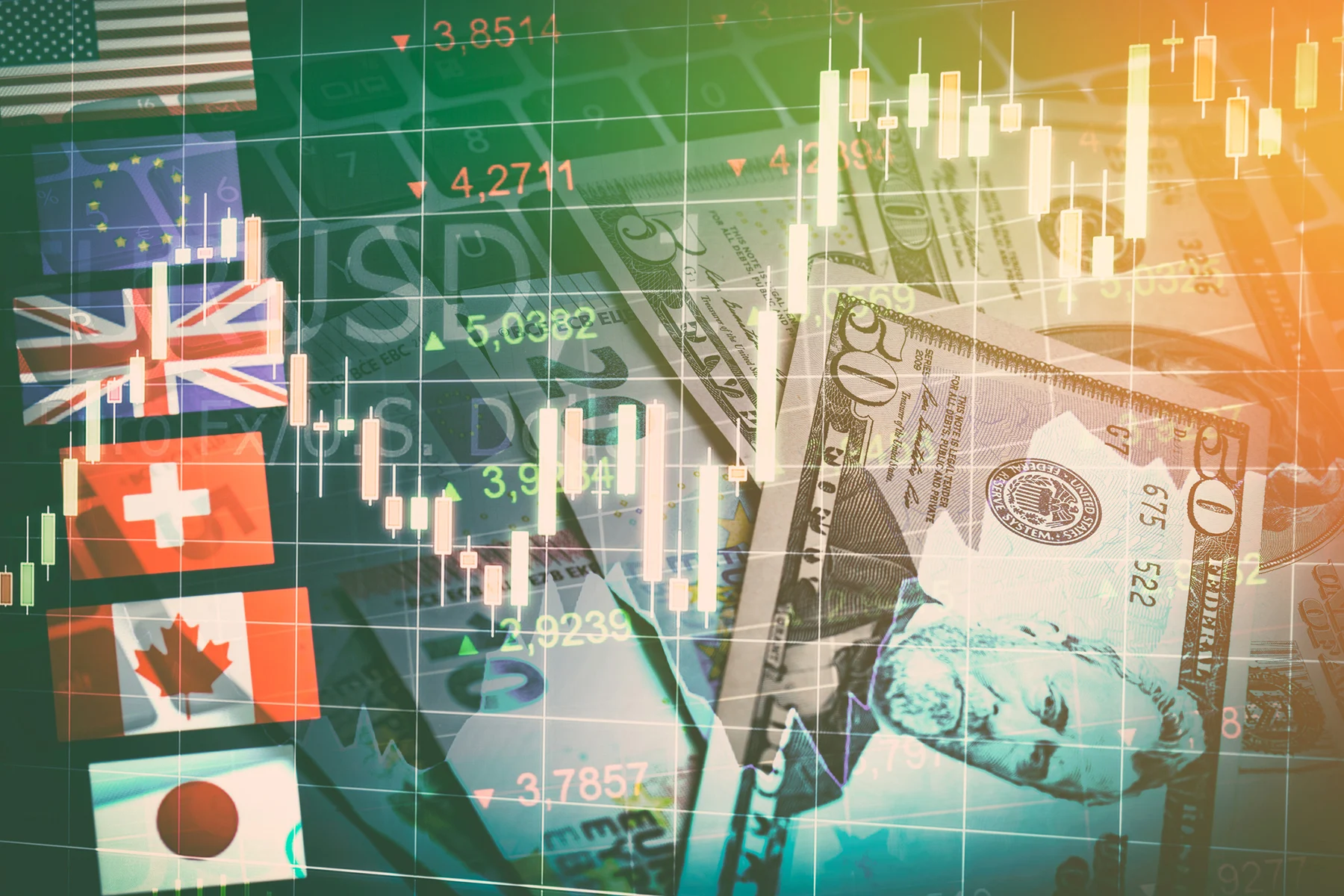FDI in the 2020s spells trouble for developing countries
In a record-breaking half decade, windfalls are concentrated in advanced economies.
Greenfield foreign direct investment announcements are a harbinger of global economic shifts caused by changing policies and markets. FDI is a lens for assessing long-term corporate bets. Capital committed today can translate into new facilities and jobs in the future.
So what can we learn from the first half of the 2020s? Analysis of fDi Markets data on greenfield FDI announcements reveals a nuanced (and worrisome) outlook for investment-led development.
First, the good news. Multinational enterprises pledged to invest more than $5tn between 2020 and 2024. That is more than in any previous five-year period since fDi Markets began tracking greenfield announcements in 2003. But the picture differs greatly across industries, with the majority recording a decline in FDI pledges in 2020-2024 compared with 2015-2019.
Combining five years’ worth of data also hides year-to-year dynamics, like the sharp Covid 19-induced global FDI decline in 2020 and the rebound that followed. But smoothing out annual changes also reveals that the 2020s have so far been a transformative decade for global capital spending.
Ten out of 37 sectors tracked by fDi Markets recorded growth in both FDI capital expenditure (capex) and projects. Most of these are in activities relating to technology innovation, energy and resources, but also booming areas like biotechnology and business services.
Renewable energy recorded the highest growth in FDI projects, which jumped by 65% in the first half of 2020s.
The surge of renewable energy FDI is driven by policy and the “green and sustainable development goal narrative” that allows it to be “protected from the business dynamics that are shaking global value chains” in sectors such as automotive and textiles, says Bruno Casella, a senior economist at Unctad.
Many of the highest growing sectors for FDI capex tend to have lower volumes of projects. In effect, there have been fewer large investments for countries to compete for. Many sectors related to both manufacturing and consumer services have seen far lower levels of investment since the Covid-19 pandemic. Declining FDI sectors, including hotels, tourism and textiles, have traditionally had high potential to create employment opportunities for lower-skilled labour.
By contrast, the growth of FDI in the 2020s has been concentrated in sectors that tend to not create many jobs, such as semiconductors and renewables. And more of this investment is going to advanced economies. “Developing countries have been historically more able to attract investment in those industries that are now struggling more,” says Mr Casella, adding that these dynamics present a risk to FDI in pushing forward development.
Even industries that are booming in developing countries, such as renewables and communications (which includes data centres), involve infrastructure projects that tend to create very few jobs once constructed.
The struggle for poorer countries is that capital-intensive projects in growing FDI areas “often require large upfront sunk cost and also need long-term facilitation efforts,” says Dirk Willem te Velde, director of the International Development Group at ODI, a think tank. When excluding the renewable energy sector, FDI in developing countries declined by $273bn in 2020-2024, compared to 2015-2019. By the same metric, advanced economies saw an increase of $605bn.
Riccardo Crescenzi, professor of economic geography at the London School of Economics, says it is a “gloomy picture” for poorer economies due to investors’ shift away from expanding FDI’s frontier. “Developing countries post-Covid really seem to be getting the lower end of the market,” he says, in reference to the potential for spillovers and economic development from FDI.
It is little wonder that the World Bank says the long-term economic growth prospects for the developing world are now at their weakest point since the start of the century. FDI is no panacea. But greenfield announcement data paints a worrying picture for its potential to lift up communities in poorer countries.
FdI Markets





